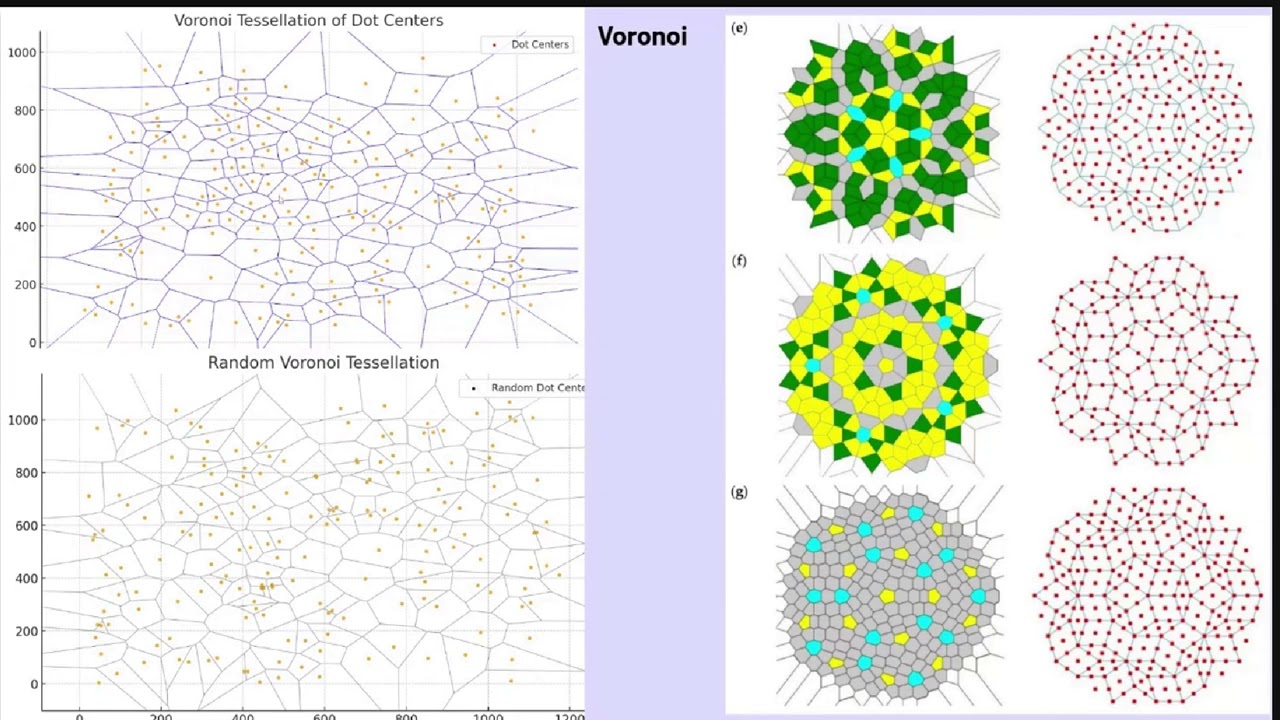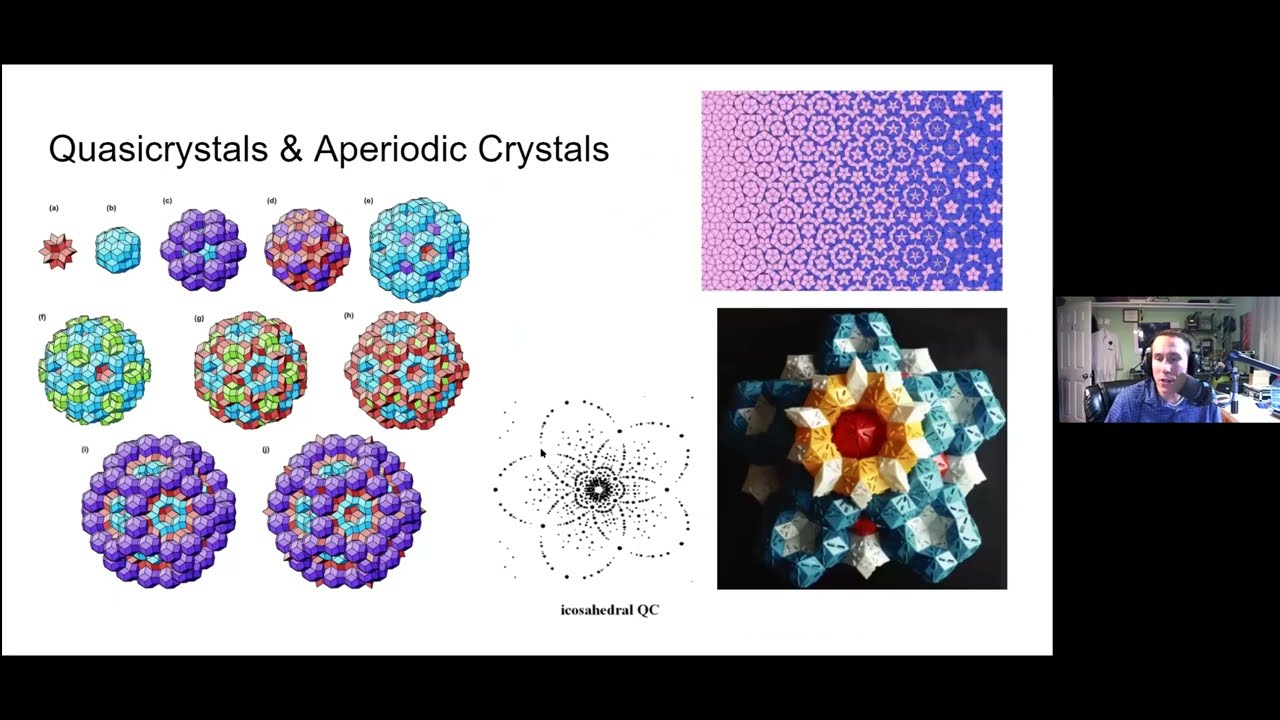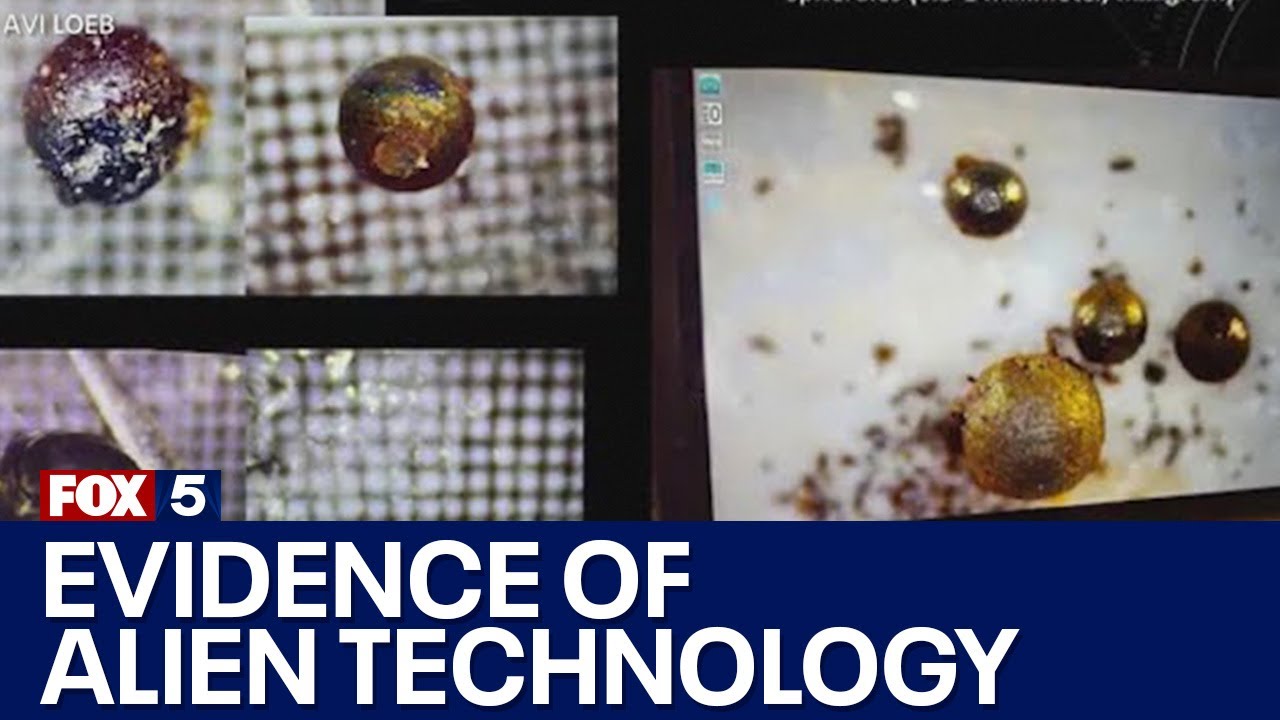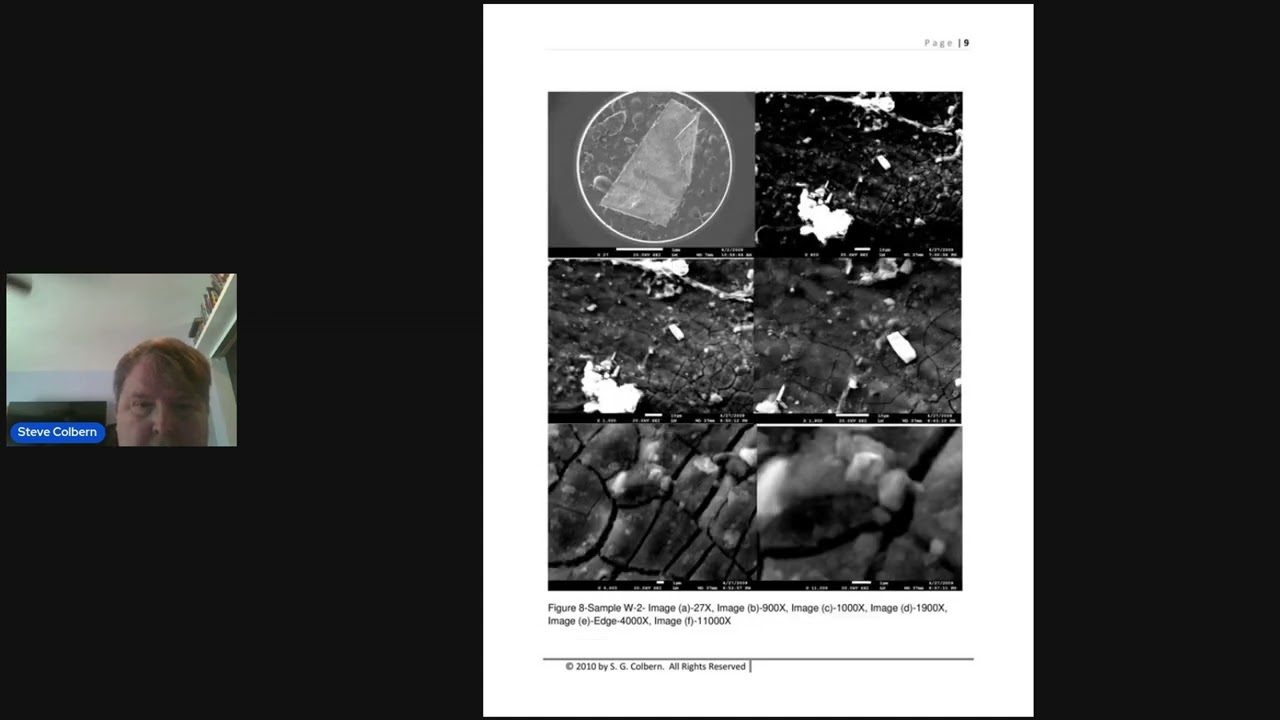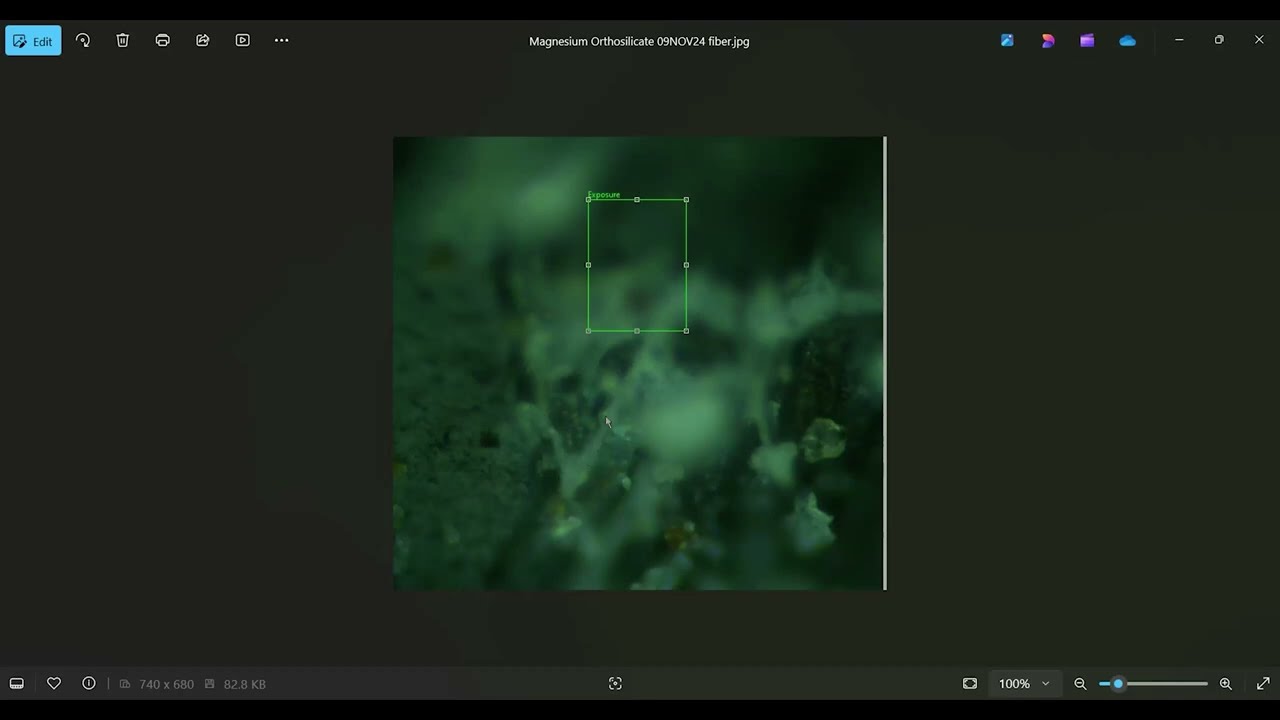Linda Moulton Howe on the Bismuth and Magnesium-Zinc Metal
Linda Moulton Howe discusses her 22-year investigation into a metamaterial—a layered bismuth, magnesium, and zinc alloy—allegedly recovered from a late 1940s UFO crash. The material, initially sent to Howe anonymously in 1996 along with diary entries from a deceased military sergeant, has baffled scientists due to its unique atomic/molecular structure and apparent lack of bonding between layers. Analysis revealed unusual isotopic ratios and unexpected ionization properties. While numerous scientists, including Hal Puthoff and Paul Chu, have examined the material, its origin and function remain a mystery.
The podcast details attempts to replicate the material and build a terahertz frequency generator, theorized to be related to the material’s properties, with inconclusive results. Ultimately, Howe sold the material to the US Army, hoping for further research and eventual public disclosure, despite concerns about potential government cover-ups. Howe expresses strong belief in the material’s extraterrestrial origin, supported by the material’s unique properties and her extensive investigation. The podcast highlights the ongoing debate surrounding the material’s origin and the challenges of researching advanced technologies.
The Mysterious Origins: A 1940s UFO Crash and a Grandson’s Revelation
The story begins in April 1996, when Howe received a package containing unusual metal fragments and diary entries from the grandson of a military security officer. The diary detailed a UFO crash in the late 1940s, the subsequent military cleanup, and the recovery of seemingly otherworldly materials. Initial analysis revealed the metal to be a layered composite of bismuth, magnesium, and zinc – a combination deemed impossible to replicate using 1940s technology. The grandson’s account, corroborated by subsequent letters, pointed to a crash site potentially near White Sands Proving Ground, a location known for its association with captured German scientists and advanced rocketry development during Project Paperclip. This immediately raises questions about the timeline, as the Roswell incident occurred in June/July 1947. The letters suggest a later crash, possibly in 1948 or 1949.
Decades of Investigation: Unraveling the Scientific Puzzle
Howe’s investigation spanned two decades, involving collaborations with figures like Art Bell and Lt. Col. Philip J. Corso. She meticulously documented her findings, which included:
- •Unique Material Composition: The metamaterial’s layered structure, consisting of alternating layers of pure bismuth (1-4 microns) and a magnesium-zinc alloy (100-200 microns), defied conventional metallurgical understanding. The absence of any bonding agent between these layers was particularly perplexing.
- •Anomalous Properties: Analysis revealed an unusual isotopic ratio of magnesium-26, higher than that found in terrestrial samples. Furthermore, the material exhibited an unexpectedly high level of positive ion emission under electron probe analysis – a phenomenon Howe linked to potential cloaking mechanisms reported by pilots.
- •Terahertz Frequencies: The layered structure suggested a potential function as a terahertz waveguide, capable of manipulating electromagnetic frequencies at an atomic/molecular level. This hypothesis, supported by physicist Hal Puthoff, remains a central focus of the ongoing investigation. The challenges in generating and manipulating terahertz frequencies, which are at the cutting edge of current technology, highlight the complexity of this material.
- •The Army’s Involvement: In a surprising turn of events, To The Stars Academy (TTSA) acquired the metamaterial in 2019. However, the material was later sold to the US Army, raising questions about transparency and the potential for a cover-up. While the Army’s acquisition might seem contradictory to the idea of a cover-up, it also raises the possibility that the military is finally acknowledging the existence of this technology.
Skepticism and Counterarguments:
The metamaterial’s extraordinary nature has naturally attracted skepticism. Some have suggested alternative explanations, such as electroplating or vapor deposition. However, Howe’s detailed analysis, including scanning electron microscope (SEM) images revealing intricate geometric patterns within the magnesium layers, strongly refutes these simpler explanations. The atomic/molecular level construction of the material is simply too precise to be explained by these processes.
The Unanswered Questions and the Road Ahead:
Despite years of research and collaboration with leading scientists, many questions remain unanswered. The most pressing is the development of a terahertz generator capable of testing Puthoff’s hypothesis regarding the material’s potential for gravity neutralization. The Army’s acquisition of the metamaterial offers a glimmer of hope, but also raises concerns about potential suppression of information. Will the public ever learn the full truth about this enigmatic material? Only time will tell. However, Howe’s unwavering dedication to uncovering the truth, and her willingness to share her findings, provides a beacon of hope for those seeking answers to one of the most intriguing mysteries of our time. The story of this metamaterial is far from over. It’s a testament to the enduring power of investigation and the persistent pursuit of knowledge in the face of uncertainty. The implications, whether terrestrial or extraterrestrial, are profound.
Register For UFORev
Want to see more great UFO Reverse Engineering stories? Sign up for our mailing list to get exclusive access to captivating presentations, engaging events, and more!
RECENT POSTS
Art’s Parts Sample May Contain Quasicrystals
April 7, 2025
Space Age Materials for UFO Reverse Engineering
April 7, 2025
Harvard Physicist May Have Found Alien Technology
April 7, 2025
San Augustin: UFO Crash Recovery Sample Analysis
April 6, 2025
Art’s Parts: Metallurgical Microscope Analysis
April 6, 2025
